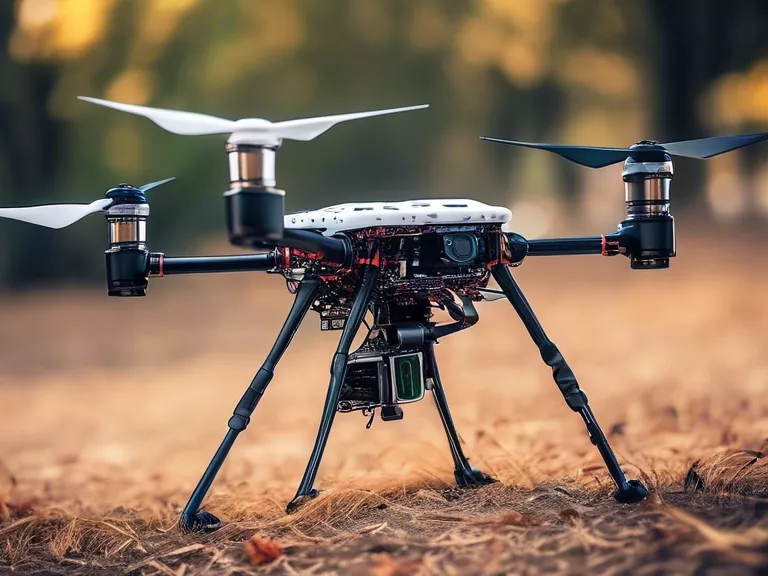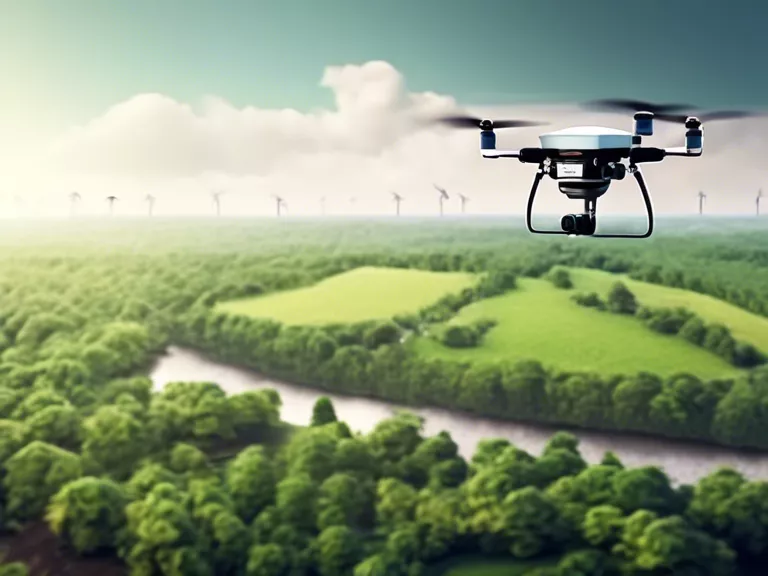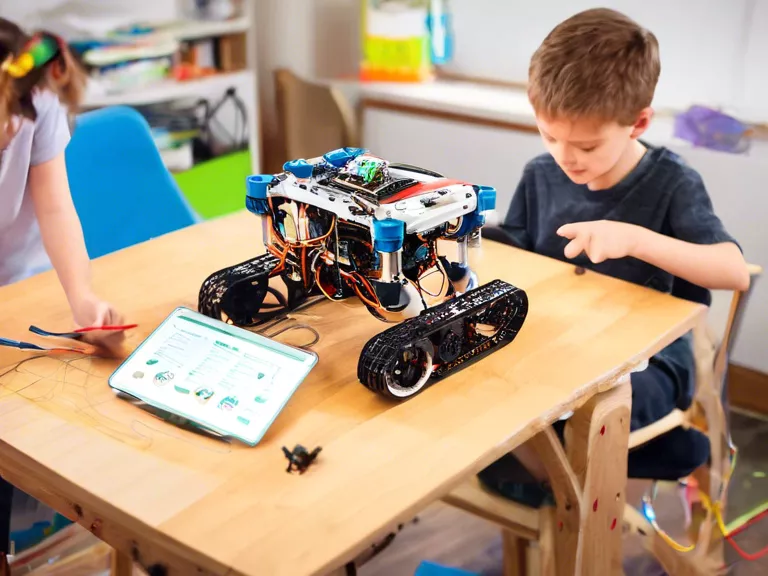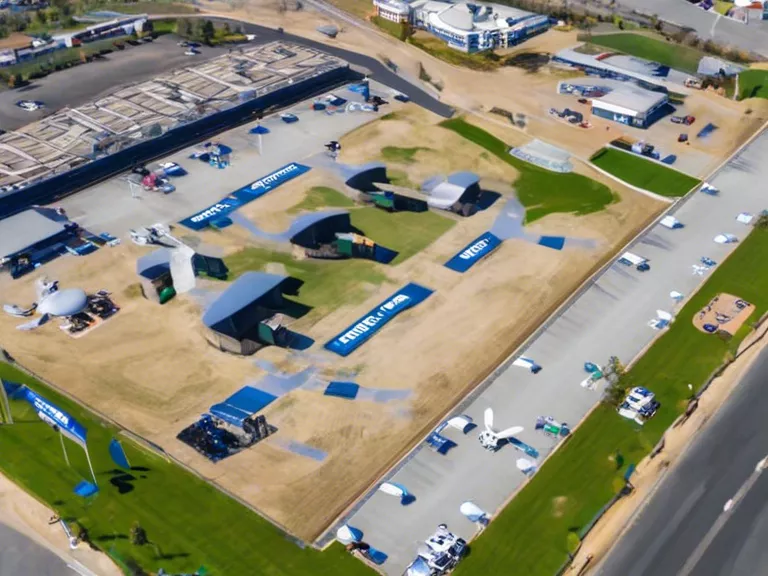
Drones have become increasingly popular for various applications, including aerial photography, surveillance, and even package delivery. One of the key advancements in drone technology is the ability to program drones for autonomous flight and complex tasks. In this article, we will explore how to program drones to perform advanced maneuvers and tasks without direct remote control.
To program drones for autonomous flight, there are several key components that need to be considered. The first step is to choose a reliable drone platform that is capable of running custom software. Popular options include DJI drones, Pixhawk, and Ardupilot. Once you have selected a drone, you will need to set up the necessary software development environment, which typically involves using tools like Dronecode, ROS (Robot Operating System), or Python.
Next, you will need to design a flight plan or mission for the drone. This can be done using a variety of tools, such as Mission Planner or QGroundControl. A flight plan consists of waypoints, actions, and commands that the drone will execute autonomously. For example, you can program the drone to take off, fly to a specific location, capture images or videos, and return to base.
In addition to basic flight plans, drones can also be programmed for more complex tasks, such as obstacle avoidance, object tracking, and swarm intelligence. Advanced algorithms, such as computer vision, machine learning, and path planning, can be used to enable drones to navigate challenging environments and perform intricate tasks.
Overall, programming drones for autonomous flight and complex tasks requires a combination of hardware, software, and algorithms. By mastering these skills, you can unlock the full potential of drones for a wide range of applications, from agricultural monitoring to search and rescue missions.


